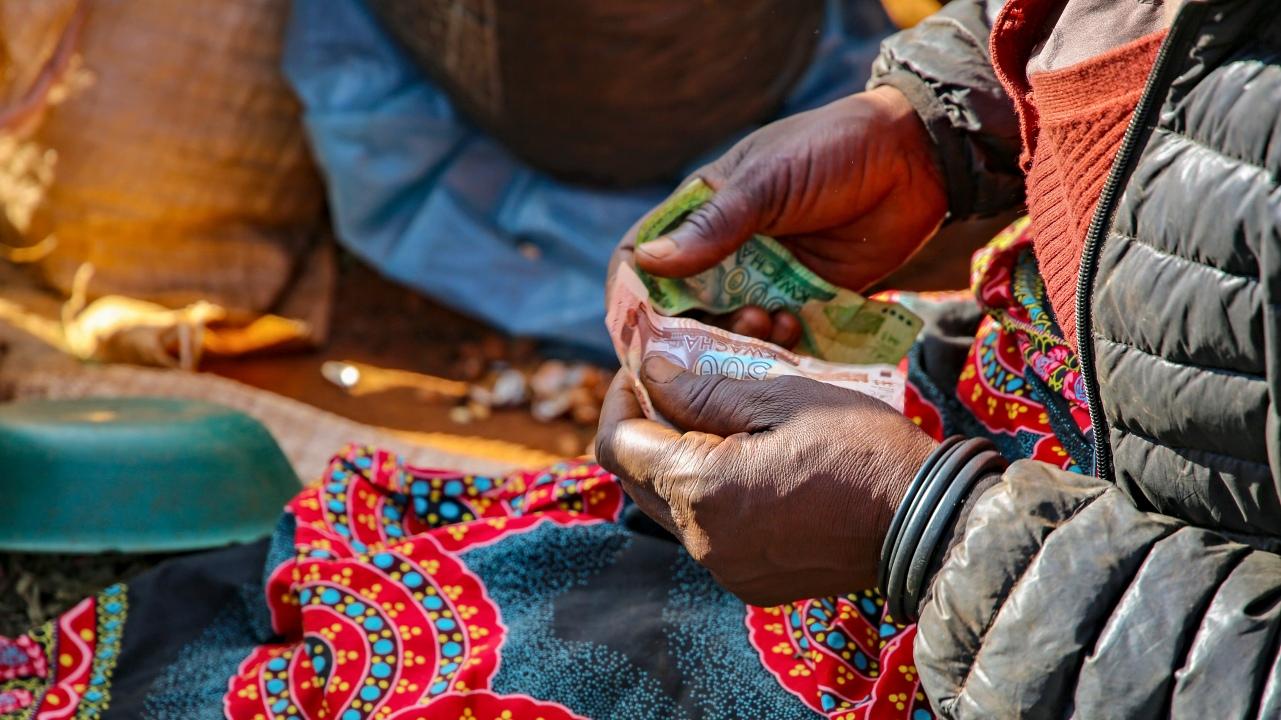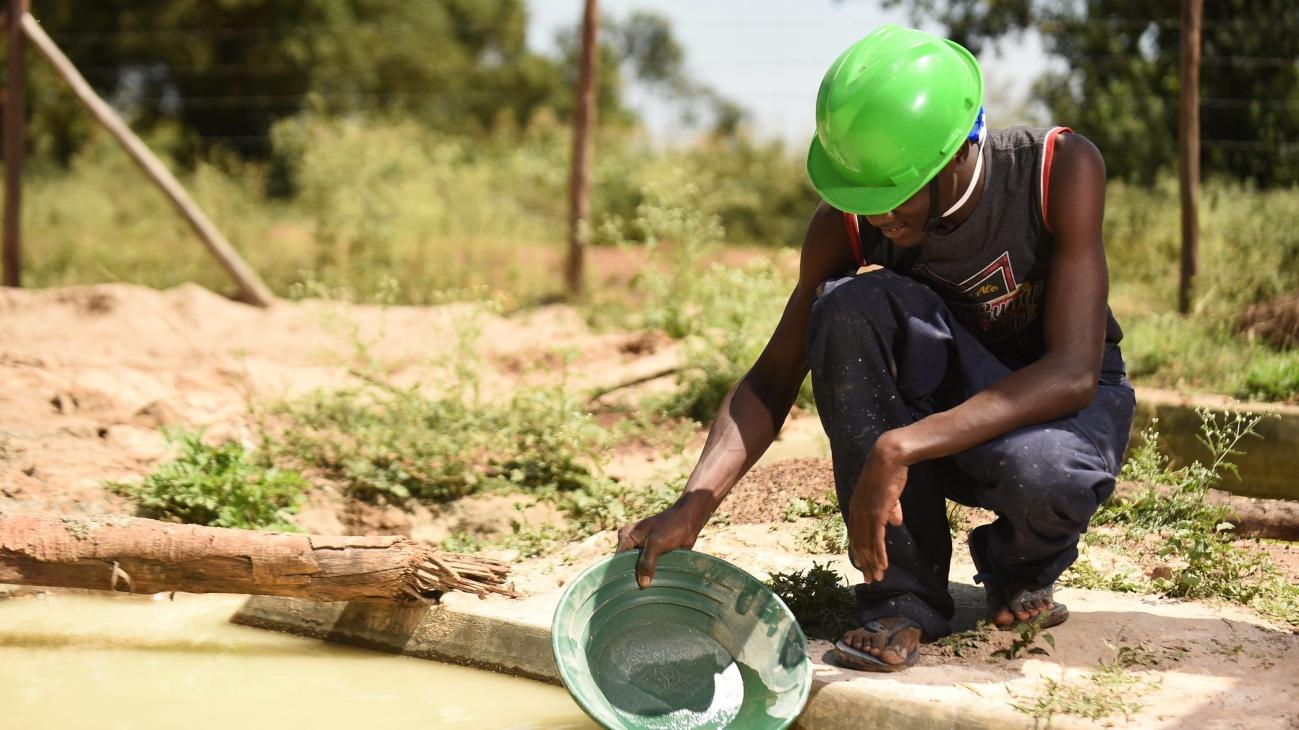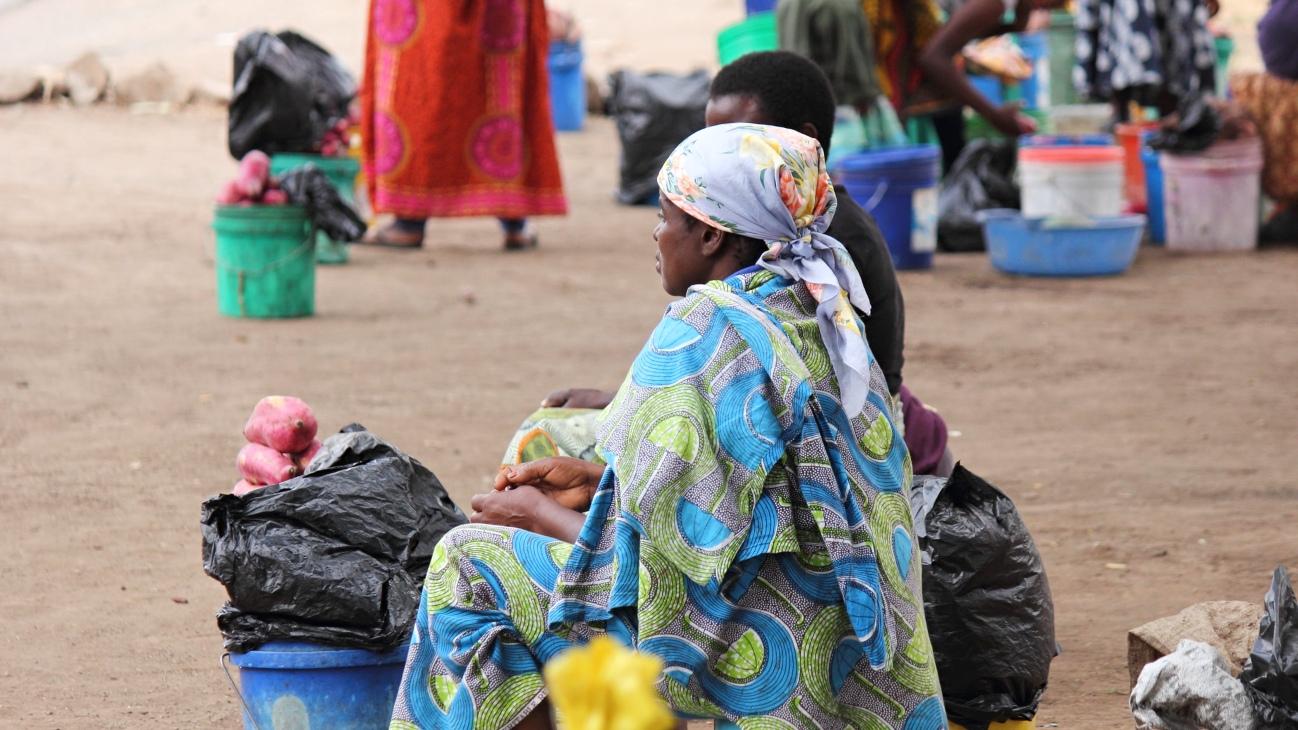Schools and universities were closed in Malawi for five months from March 2020, as a precaution against virus transmission. Now schools have recently reopened to support and concern across the country. Chikondi Kaponda reports on how the education sector in Chikwawa district is adhering to COVID-19 preventive measures and the stakes for students’ futures.
This blog is part of the series Shifting Spaces, an emerging timeline of COVID-19 responses from Kenya, Malawi, Tanzania and Uganda from the LEAD research project at LSE’s Firoz Lalji Centre for Africa.
According to Malawi’s Ministry of Health, 44 COVID-19 cases by the end of October 2020 have been recorded in Chikwawa district, which has a population of over 350,000. So far, 42 people have recovered from the respiratory illness, which is a lower reported number than other districts and cities in the country. Nearby Blantyre has a death toll over 75 and has cumulatively recorded over 1,500 coronavirus cases.
The national decision to close learning institutions in March 2020 received a backlash from many Malawians. An association for independent school owners, the Independent Schools Association of Malawi (ISAMA), threatened to hold demonstrations if government did not open the schools, which were closed before the country registered a single case.
School closures led to alleged teenage pregnancies and trafficking
On 23 March 2020, the then-President, Peter Mutharika, declared COVID-19 a national disaster, despite the country not registering any cases at that time. The government planned to set aside 15 billion Kwacha (729 million USD) to help contain the pandemic. Part of the ambitious plan included the closure of all learning institutions including schools, technical colleges and universities with immediate effect as well as banning sporting activities. The former president ordered a 40% reduction in public transport services and that people making a living in crowded environments should work in shifts or from home.
The closure of schools was contested by many Malawians. Subsequently, fears have emerged that closed schools have promoted particular social issues. For example, during the five month period from March when the schools remained closed, teenage pregnancies surged, a development attributed by observers to the closures. The Malawi Network against Trafficking (M-NAT) organisation applied pressure on the government to reopen learning institutions, declaring that cases of trafficking minors had escalated. NGOs, including UNICEF Malawi, were particularly concerned about negative effects in rural areas, where efforts to instil alternative learning through e-learning and radio programmes were impossible in homes which owned neither a radio receiver nor an internet handset.
Civil rights organisations such as NGO Board on Child Rights and Civil Society Education Coalition (CSEC), as well as some college students, argued that authorities reopen schools on the basis that people must adapt to the new reality, but with caution, by adhering to set preventive measures. The decision to reopen schools in September 2020 was made by the Presidential Taskforce on COVID-19, which includes cabinet ministers and health professionals as members, and is co-chaired by the minister of health, Khumbidze Kandodo Chiponda, and a medical doctor Dr John Phuka.
Schools re-open in Malawi
Despite increasing COVID-19 cases, the new President from June, Lazarus Chakwera, announced plans to reopen schools by early September. The process of reopening learning institutions was carried out in two phases, with examination classes at all levels opening first on 7 September 2020, five weeks before all other classes reopened on 12 October.
Before the reopening, the Presidential Taskforce, instituted by former President Peter Mutharika, after declaring COVID-19 a national disaster, engaged with concerned stakeholders including the Teachers Union of Malawi (TUM) and the Independent School Owners of Malawi (ISAMA) to outline measures schools must adhere to in order to prevent the rapid transmission of the virus. Only schools that met the government’s safety standards would be allowed to reopen. Schools had to ensure buckets of water and soap were present at their main entrances and doors to classrooms, and that students both wore masks and abided by social distancing. During a press conference in capital city Lilongwe, education minister Agnes Nyalonje announced the government allocated two billion Kwacha to its schools to purchase materials like buckets and sanitisers in readiness for the schools’ reopening.
Doubts as to the success of these measures were precipitated by wider patterns of adherence to COVID-19 preventative measures. People were boarding public transport without face masks despite them being compulsory. In part, this lack of adherence is because of the financial costs to own masks, which many of the rural poor cannot afford. In preparation, the Malawi government organised training on COVID-19 preventive measures and cloth mask hand sewing to ensure masks could be provided to children by parents who cannot afford them.
The training took place in all government schools, inviting mother group committees, school management committees, parent-teacher associations, teachers themselves and other stakeholders. The aim was for people to pass on their newly acquired skills to other members of their communities.
Several of these trainings took place in Chikwawa. In addition to face mask making, the government organised a two week training for teachers on how to manage their classes amid the pandemic while protecting themselves from the virus. I attended one of the training sessions at the SOS Children’s Villages Herman Gmeiner primary school. Speaking with the desk officer for COVID-19 in Chikwawa district, Abigail M’bumpha, these trainings were stressed as vital so that students could be allowed to attend classes.
Experiences in Chikwawa District
Chikwawa is amongst the districts toured by deputy education minister Madalitso Kambauwa Wirima in September 2020 to ensure schools were adhering to COVID-19 preventive measures, as well as to confirm whether they were ready for the second phase: reopening all classes. The deputy minister commended the efforts made by education stakeholders in the district, including parents. Among others, Wirima said schools in the district had sufficient resources to help students adhere to COVID-19 measures.
In Chikwawa district, schools have employed different strategies to adhere to measures while fulfilling their core duty of providing quality education. Some public primary schools in Ngabu, including Chilumba, Monjo, Chapomoka, Mwanamakoko and Makande have adopted a ‘staggered approach’ where learners from junior sections (standard 1, 2, 3 and 4) interchange learning days. Standard 1 and 2 students learn two days per week while those in standard 3 and 4 have three days, which they alternate the following week. This means in two weeks each class has one week of learning. The approach is aimed at decongesting the schools that have high enrolment, as the teacher-pupil ratio is a challenge in most public learning institutions, especially in primary school which in Malawi is free.
Some advisers are optimistic about the measures. For example, Ngabu Zone Primary Education Adviser, Henry Chisaka, explained that all the schools in his zone have sufficient hand washing facilities, and that students observe the one metre social distance rule and wear face masks. Offering encouragement, Chisaka explained that since schools have reopened in Ngabu Zone, his office has not found any school failing to adhere to COVID-19 preventive measure. But my brief survey of the region found that public primary schools are facing greater challenges getting students to adhere to set measures than those in private schools. For Instance, at Makande primary school during break period, students remove face masks to play and do not observe social distance. At times, ensuring adherence to COVID-19 protection protocols overshadowed curriculum preparation.
Moreover, learning time in primary schools using the ‘staggered approach’ has been reduced, but the topics covered are the same, which may have a negative impact on future results if graduates attain their certificates with a limited education.
Others are less hopeful still. One teacher, Jessie Kavalo of Sekeni primary school in Chikwawa District, explained that many teachers fear for their lives, and struggle to protect themselves against COVID-19 because of high student numbers. Kavalo explained that before schools closed in March she was teaching over 80 students. It is tiresome to have her students observe the one metre distance rule, as she teaches them under a tree.
Further, a grey area on reopening of schools is the teachers risk allowance, which the government is yet to honour. Since April, when authorities were consulted on the reopening of learning institutions, teachers through their union body Teachers Union Malawi (TUM) have pressed for a COVID-19 allowance package like their counterparts in public hospitals who take home on average 50,000 Kwacha monthly (US$ 66) as risk allowance. To date the government is yet to start paying the risk allowance despite numerous threats from TUM that teachers will boycott work, arguing that teachers are risking their lives returning to work during the pandemic. In response, the government argues that it is broke and would need about 1.8 billion Kwacha (US$ 2.4m) on a monthly basis as risk allowance funds to cater for its 90,000+ teachers should it provide them 20,000 Kwacha per month.
On plans and realities
Most Malawians were excited when the government caved to public demands to reopen schools. There were also some who were sceptical that the move will lead to a resurgence of coronavirus cases. With all COVID-19 regulations made at a distance, there is difficulty maintaining them when school enrolment numbers are high alongside the costs of personal protective equipment.
While the pandemic has raised financial costs, there is a need for authorities to invest deeply in the education sector due to the social costs of the alternative. Solutions need not reinvent the wheel: the government should introduce makeshift classrooms and employ more teachers to reduce the teacher-pupil ratio, reducing the threat of virus transmission and ensuring students receive a thorough education.






This report has provided a general reflection of experiences that also occur in other districts in Malawi such as here in Blantyre.